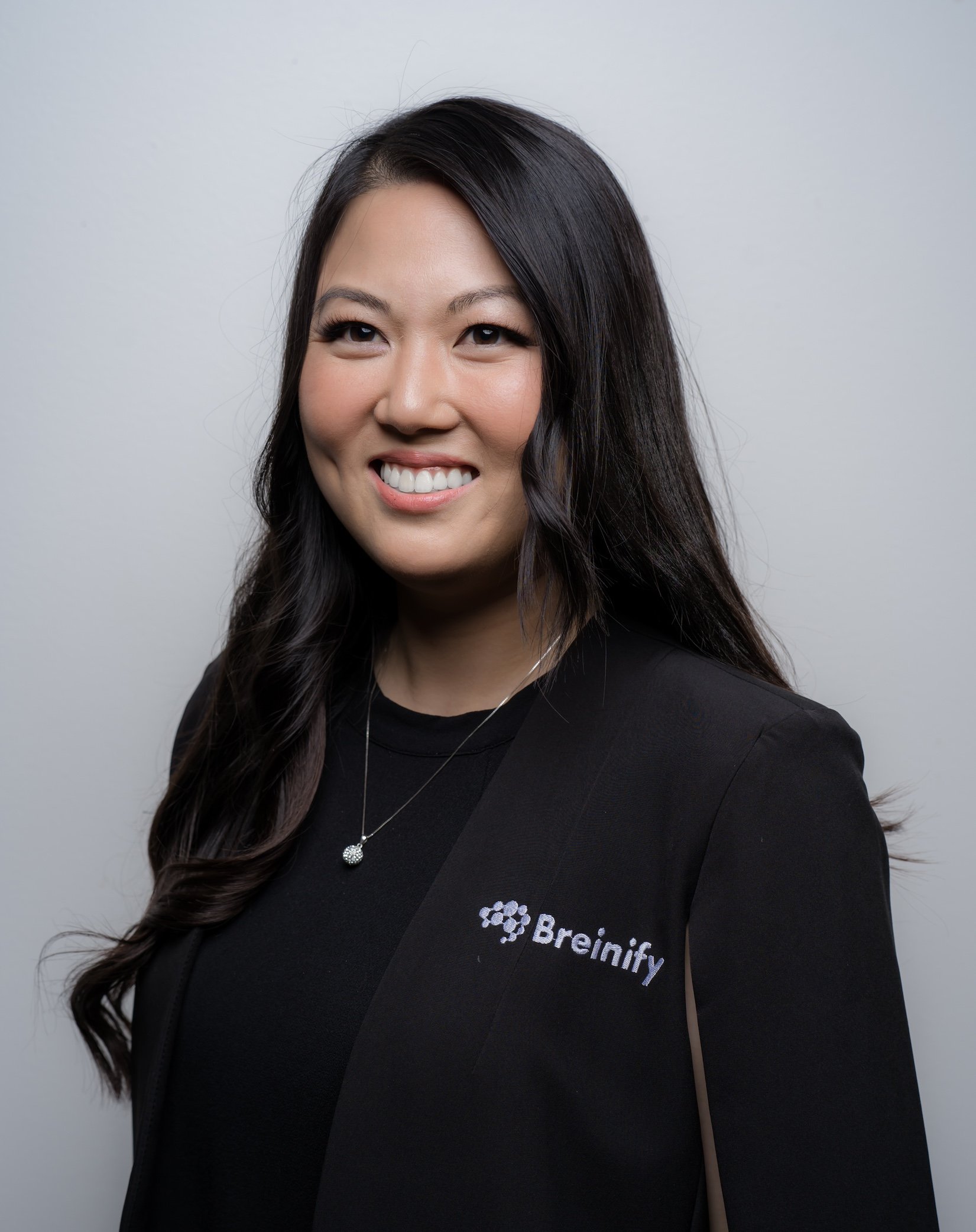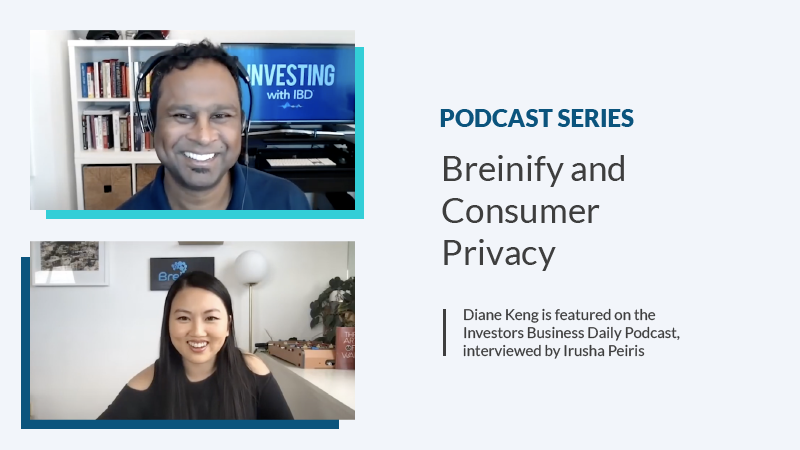In this segment of the Investor's Business Daily Podcast, Breinify's CEO, Diane Keng, talks to host Irusha Peirish about consumer privacy trends. Diane shares her thoughts on how consumer privacy regulations will change the marketing landscape and how consumers themselves will play a role in deciding what personal information brands can access and use.
At the end of the day, consumer privacy regulations are coming. With the General Data Protection Regulation law in Europe and now the California Consumer Privacy Act in the United States, it’s clear that consumers are going to have more say in what information gets shared with the businesses that they interact with. Tech giants like Apple and Google are working towards increased privacy protections, reducing the ability of companies to track consumers across websites and apps.
So, what does this mean for brands looking to personalize the consumer experience? Is personalization completely out of the question?
The short answer is: no. While it’s important for consumers to have the option to share or not share their personal data, not every aspect of a personalized consumer experience requires personal information about a specific consumer. For example, a retail brand could still personalize a consumer’s experience anonymously by focusing more on factors like weather, time, geographical location, and activity on the website during the consumer’s current session.
While consumers shouldn’t be forced to hand over their data or automatically opted-in to data sharing, that doesn’t mean they won’t share it on their own. Creating an experience that provides real value to consumers through personalization encourages them to share their data with you, assuming you handle it correctly and follow the necessary steps for data collection and protection. The bottom line is that brands need to create value across the spectrum of consumer data sharing – it’s just as important to personalize experiences for consumers that choose to share their data as it is to personalize experiences for those who want to remain anonymous.
Listen to the full segment below:

